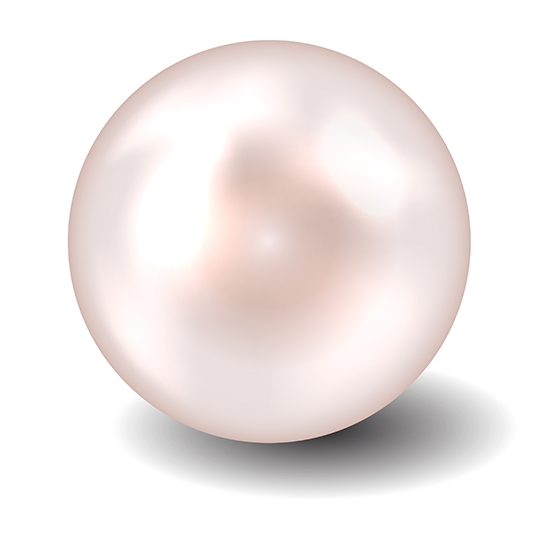 | Oral contrast: Generally not required for the protocols below. |
|
Liver mass
|
Hepatic lesions such as HCC, hemangioma, FNH, and adenoma have distinct enhancement patterns on arterial and venous phases.
| 1. Arterial phase of abdomen only |
| ● |
Evaluate for arterial enhancement. |
| 2. Venous phase of abdomen and pelvis |
| ● |
Evaluate for washout or progressive enhancement. |
| ● |
Evaluate for portal vein invasion. |
 Pearls 1 Pearls 1
| ● |
High contrast infusion rates (5 mL/second) are important to maximize lesion conspicuity in the arterial phase.
|
| ● |
Hypervascular lesions (metastatic PNET, carcinoid and renal cell, FNH, HCC), are best visualized on the late arterial phase against the unenhanced liver.
|
| ● |
Hypovascular lesions are best seen as low attenuating against the enhanced liver at time of maximum hepatic enhancement (60 seconds).
|
| ● |
Adequate lesion conspicuity directly relates to iodine load, for both hypervascular and hypovascular liver lesions. Reduction of contrast may hinder your ability to see liver lesions relative to the background liver parenchyma.
|
|
Illustrative cases
Case 1: 60 year old woman with metastatic colorectal cancer. Hypovascular hepatic metastases are less conspicuous on arterial phase (A,B) than venous phase (C,D) because the latter is performed during peak hepatic enhancement, allowing highest tumor-to-liver contrast between the hypovacular mass (57 HU) and the enhanced liver (121 H) (difference of 64 HU). On arterial phase, the mass measures 38 HU and the liver parenchyma 73 HU, resulting in a much smaller attenuation difference between tumor and liver of 35 HU.
(A) Arterial phase |
(B) Arterial phase, with ROIs |
(C) Venous phase |
(D) Venous phase, with ROIs |
Case 2: 82 year old man with hypervascular HCC in cirrhotic liver. HCC conspicuity on arterial phase directly relates to iodine load per body weight and infusion rate.
Hyperenhancing mass in liver dome (arrow) enhances to 62 HU on the arterial phase (A), with hepatic parenchymal enhancement reaching 68 HU on the venous phase (B), following administration of 176 mgI/kg at 3.5 mL/second. On subsequent scan 9 months later, the HCC (arrow) enhances to 130 HU on the arterial phase (C) and hepatic parenchymal enhancement reached 90 HU in the venous phase (D), following infusion of 229 mgI/kg at 4.5 mL/s.
Case 3: 59 year old man with metastatic neuroendocrine tumor. Hepatic metastases are more conspicuous on arterial phase (A,B) than on venous phase (C,D) because peak tumor enhancement occurs before hepatic parenchymal enhancement. This enables highest tumor-to-liver contrast between the hypervacular mass (109 HU) and the unenhanced liver (53H) (difference of 56 HU). On venous phase, the mass measures 108 HU and the liver parenchyma 98 HU, yielding a much smaller attenuation difference of 10 HU.
(A) Arterial phase |
(B) Arterial phase, with ROIs |
(A) Venous phase |
(B) Venous phase, with ROIs |
|
1. Johnson PT, Fishman EK. IV contrast selection for MDCT: current thoughts and practice. AJR Am J Roentgenol. 2006 Feb;186(2):406-15.
|
Cholangiocarcinoma
|
| 1. Arterial phase of abdomen only |
| ● |
Differentiate HCC versus cholangiocarcinoma |
| ● |
Preoperative planning |
| 2. Venous phase of abdomen and pelvis |
| ● |
Evaluate portal vein patency |
| 3. (Optional) ± Delayed phase of liver only |
| ● |
Cholangiocarcinoma maximally enhances on delayed phase (and in some patients may ONLY be seen on this phase) |
|